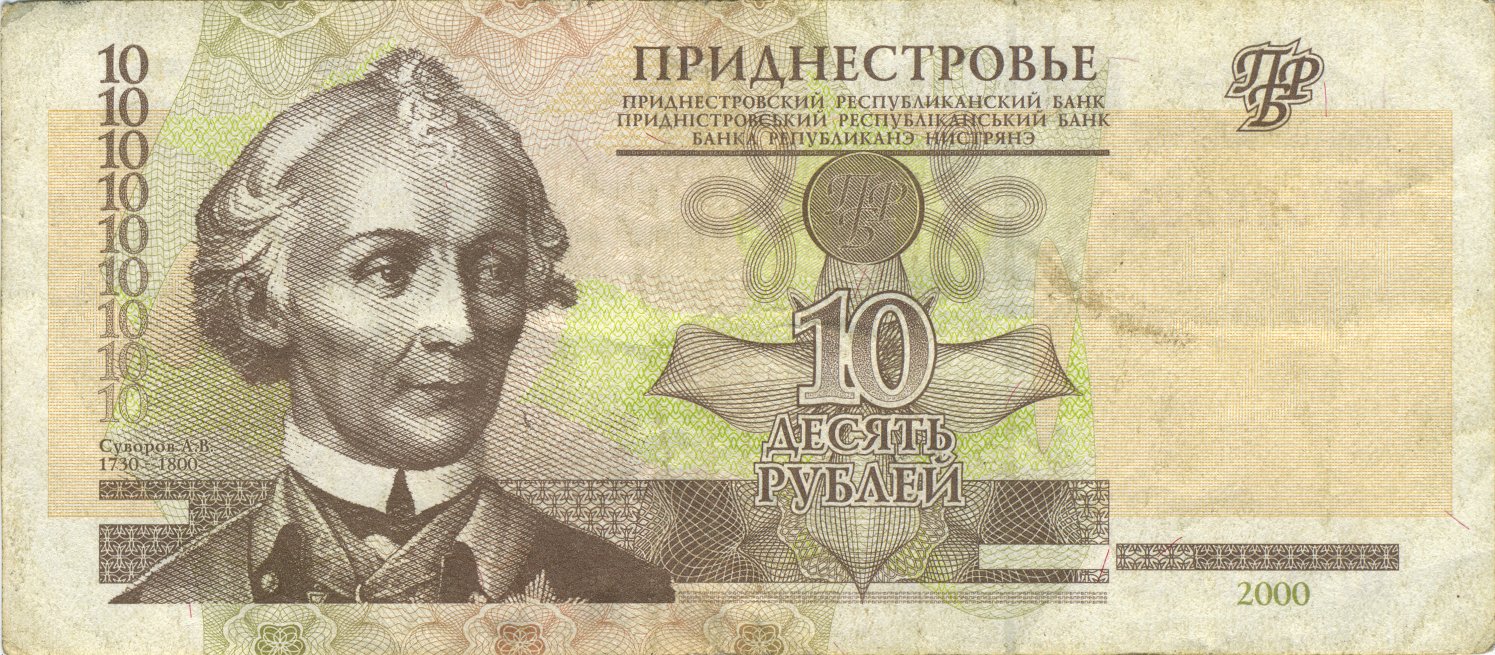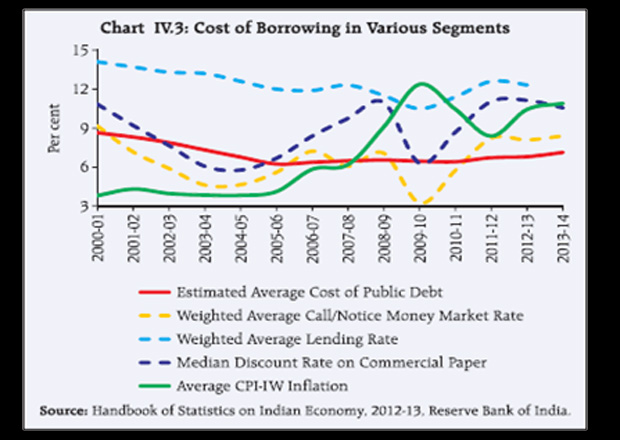Vivek Kaul
People who head central banks are not the kind who talk in a language that is easily understood. As Alan Greenspan, the Chairman of the Federal Reserve of the United States, the American central bank, from 1988 to 2006, once said “I guess I should warn you, if I turn out to be particularly clear, you’ve probably misunderstood what I’ve said.”
Nevertheless, things have changed in the aftermath of the financial crisis which broke out in September 2008. Central banks and individuals who head them now tend to communicate a little more clearly than they used to in the past.
Take the case of the Federal Reserve which has been saying for a while now that it will maintain low short term interest rates of between zero to ¼ percent “for a considerable time”. The financial markets around the world have taken this phrase as good news. It has allowed them to borrow money at low interest rates and invest them in financial markets all over the world.
There is an entire army of people who make a living out of analysing what the Federal Reserve is saying. After the Federal Reserve chose to stop printing money in October 2014, there has been considerable debate among these army of analysts who track the Fed, about what does the phrase “for a considerable time” really mean. They have also asked if the Federal Reserve would remove the phrase when it met in December. And if it did that what would that mean?
The Federal Open Market Committee (FOMC) in the latest monetary policy statement released yesterday said: “Based on its current assessment, the Committee judges that it can be patient in beginning to normalize the stance of monetary policy.” It seemed that the Fed had dropped the phrase “for a considerable time,” which had kept the Fed watchers interested for a considerable period of time.
Interestingly, the statement then went to clarify that the new words did not mean anything different from the earlier phrase. “The Committee sees this guidance as consistent with its previous statement that it likely will be appropriate to maintain the 0 to 1/4 percent target range for the federal funds rate for a considerable time following the end of its asset purchase program,” the latest statement said.
Federal funds rate is the interest rate at which one bank lends funds maintained at the Federal Reserve to another bank, on an overnight basis. Until October 2014, the Federal Reserve had been printing money and pumping money into the financial system by buying government bonds and mortgaged backed securities. This it referred to as the asset purchase program.
So, the Federal Reserve seems to have removed the phrase “for a considerable time” and reintroduced it as well. As the economist Tim Duy put it: “If you thought they would drop “considerable time,” they did. If you thought they would retain “considerable time,” they did. Everyone’s a winner with this statement.” Nevertheless, this briefly sent Fed watchers into a tizzy after the statement was released. What did the Fed really mean?
Janet Yellen, the Chairperson of the Federal Reserve, clarified this in the press conference that followed the Federal Reserve’s two day meeting. “The statement that the committee can be patient should be interpreted that it is unlikely to begin the normalization process for at least the next couple of meetings,” Yellen said.
What this possibly means is that the Federal Reserve won’t raise the federal funds rate, which acts as a benchmark for short term interest rates at least till April. The Federal Reserve’s first two monetary policy meetings are scheduled in January and March next year.
Interestingly, later on in the press conference Yellen in a way took back this earlier statement when she said: “The Fed will feel free to make news at meetings even when there isn’t a scheduled press conference.” She also said that “no meeting is completely off the table” for raising interest rates.
All FOMC meetings do not have a press conference scheduled after the meeting ends. The Federal Reserve doesn’t have another press conference scheduled until March 2015. So, at the end of the day Yellen wasn’t really clear in communicating about when the Federal Reserve is likely to start raising the federal funds rate.
In the FOMC statement it was said that the Federal Reserve would be “patient” when it came to raising the federal funds rate. In the press conference Yellen said that the Fed wasn’t likely to raise the federal funds rate in the first two meetings scheduled next year. Then she also said that no meeting is completely off the table when it comes to the question of raising the federal funds rate.
Also, in the meeting Yellen dismissed all the reasons against not increasing the federal funds rate.
So where does all this leave us? Confused? Bloomberg View has a possible answer: “The Fed doesn’t know when it will start to raise interest rates, nor should it have to know, nor should it indulge analysts’ misconceived determination to find out. Interest-rate changes are not, and should not be, on a schedule. They depend entirely on what happens in the economy, and the Fed — like every last one of those analysts — doesn’t know what will happen.”
So why did the Federal Reserve and Janet Yellen indulge in all the mumbo jumbo? As Bernard Baumohl, The Economic Outlook Group, told The Wall Street Journal: “For a Fed that seeks to introduce more clarity and transparency of its views, they have in fact done the opposite. The tortuous, semantic-conscious language of the statement is really an exercise in obfuscation, one that harkens back to the days of Alan Greenspan.” So “Janet Yellen” managed to do an “Alan Greenspan” yesterday.
Further, like the analysts who track the Federal Reserve, the Fed Chairperson is also not in a position to say: “I don’t know”. Even though Yellen clarified time and again that everything was “data dependent”.
The statement issued by the Fed was vague enough. But in the press conference Yellen said that the Fed would not raise the federal funds rate for the first couple of meetings next year, and then she had to quickly go into damage control mode, to try and make things vague enough again. My theory is that Yellen is trying to get the markets used to the idea of higher interest rates in the days to come, without saying so loud and clear, so that she does end up spooking the markets.
The all important question is how is the market taking it? The financial markets all over the world were worried that the Federal Reserve might increase the federal reserve rate for the first time in eight years since 2006. Now that has not happened. Also, it is likely that the Federal Reserve might not raise rates before April (that was one of the things that Yellen said after all).
Further, the consumer price inflation in the United States for the month of November 2014 came in at 1.3%. The number had stood at 1.7% in October 2014. This is the largest month on month decline in inflation since December 2008. This fall in inflation has largely been due to a massive decline in oil prices over the last six months.
The point here being that a rate of inflation of 1.3% is well below Fed’s inflation target of 2%. As the Federal Reserve’s statement yesterday pointed out: “the Committee will assess progress–both realized and expected–toward its objectives of maximum employment and 2 percent inflation”. If the inflation number continues to be well below 2%, then there is not much chance of the Federal Reserve raising interest rates immediately.
This is the message that the financial markets seem to have taken from the Federal Reserve. The S&P 500, one of the premier stock market indices in the United States, rallied by 2% to close at 2012.89 points yesterday. The Nikkei 225 in Japan is up 2.3% to 17,232 points today. Stocks in Australia were up 1%. The BSE Sensex is currently up around 1% and is quoting at levels of around 27,000 points.
Long story short: The financial markets seem to remain convinced that the easy money will continue at least in the short-term. Yellen, on the other hand is trying to get the markets ready for an interest rate hike next year.
The article appeared originally on www.FirstBiz.com on Dec 18, 2014
(Vivek Kaul is the author of the Easy Money trilogy. He tweets @kaul_vivek)





